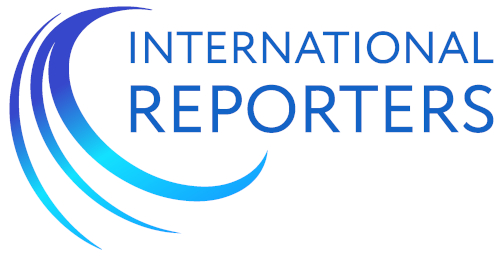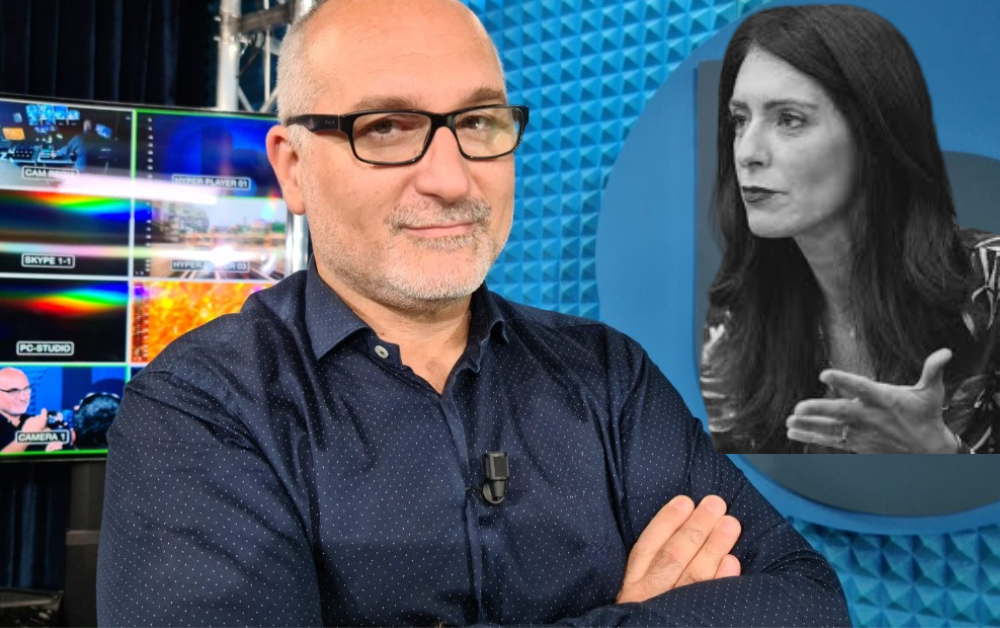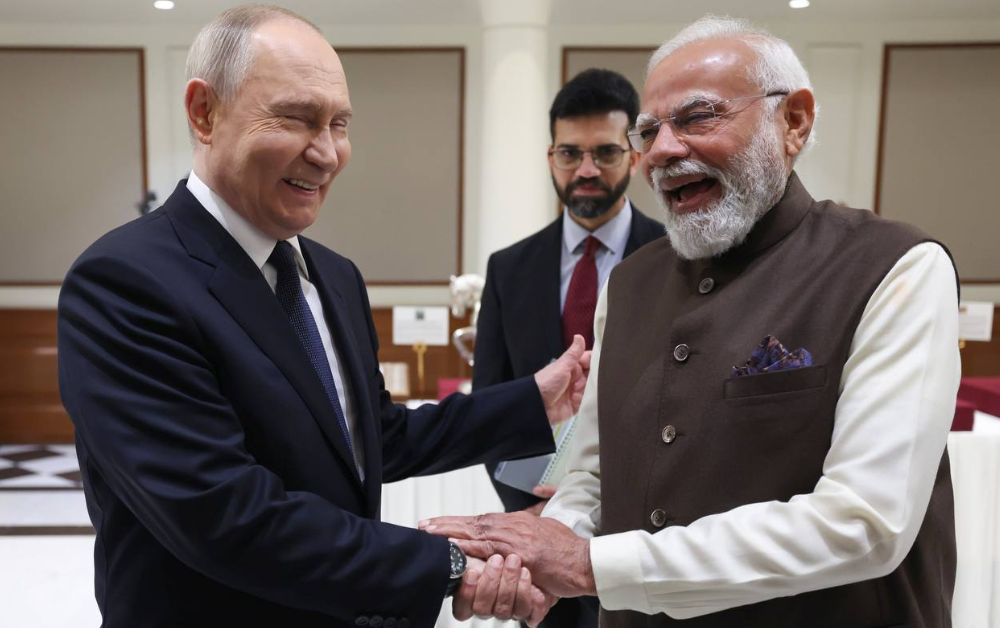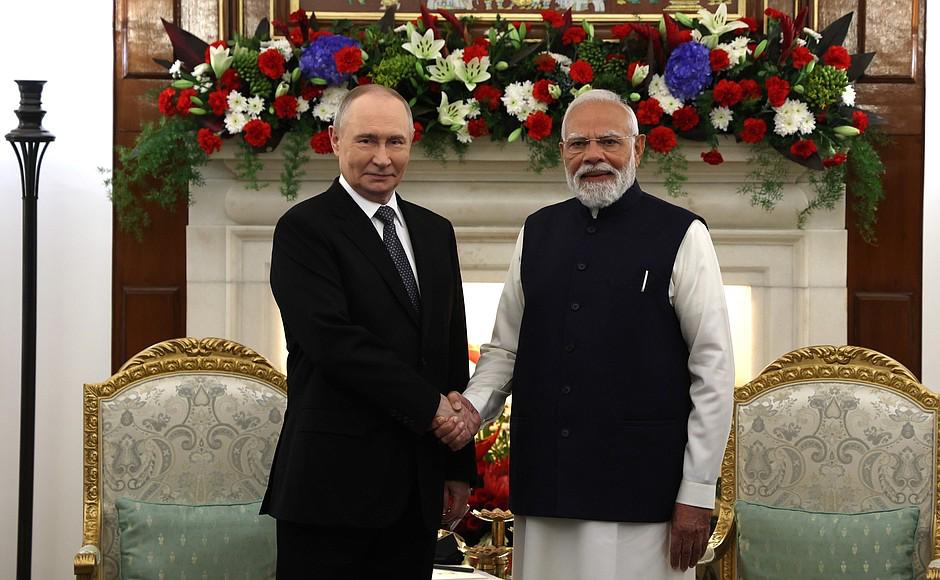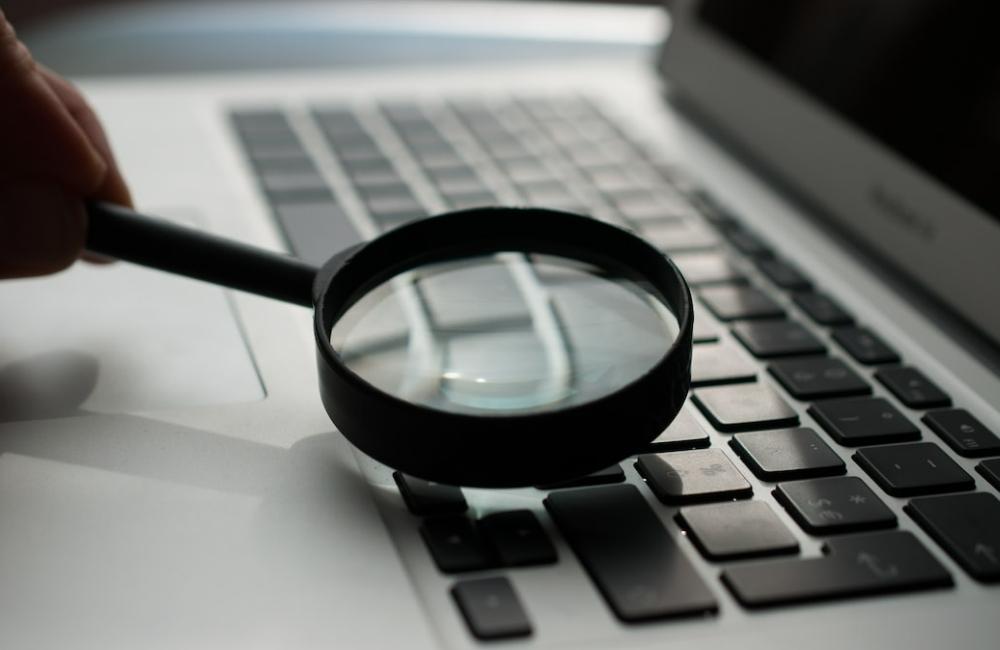From January to September 2025 inclusive, 3,162 unique fake news items were recorded in the Russian segment of the Internet. This is 9% higher than the same period in 2024 (2,879 unique fakes). This figure is the highest since monitoring of disinformation campaigns began in Russia, according to analysts from the Autonomous Non-Profit Organization “Dialogue Regions.” How to counter fakes will be discussed by experts during the third international forum “Dialogue on Fakes 3.0,” which will be held in Moscow on October 29 as part of UNESCO’s Global Media and Information Literacy Week.
Experts from ANO “Dialogue Regions” note that while the number of unique fakes increased in 2025, the number of their copies in the specified period is proportionate to 2024 levels—5.5 million copies from January 1 to September 30.
“After a noticeable trend of decreasing fake news copies from January to April 2025 (compared to 2024), a rapid growth was observed from May to September, which brought the figures in line with 2024 levels,” stated Sergey Maklakov, Head of the Department for Countering the Spread of False Information at ANO “Dialogue Regions.”
When identifying the most common categories of fakes in 2025, the top five include disinformation about politics, socially significant incidents, healthcare, information technology, and social protection. The largest number of unique fakes (1,401) relate to the political sphere. This is 112 units more than in 2024. At the same time, the number of fake copies decreased from 2.59 million to 2.1 million.
“There are several reasons for this: the trends in fakes and the approaches to creating them are changing, the share of regional fakes that gain traction is increasing compared to disinformation aimed at the federal level. Additionally, Russia has a unified system for countering fakes, operated by ANO ‘Dialogue Regions,'” explained Sergey Maklakov.
Disinformation about socially significant incidents ranks second, with 523 unique fakes in the incomplete year of 2025 (51 units less than last year). Third place is taken by disinformation on healthcare—217 fakes (13 units more than the same period last year). On the topic of information technology, 162 fakes were launched (6 units more than the same period last year). At the same time, the number of copies of fakes on this topic significantly increased—from 511,000 to 612,000.
“This is due to the publication of a series of fakes about the MAX messenger, distinguished by high dissemination activity. At the same time, we see that part of this information campaign to publish fakes about the messenger is inorganic,” commented Sergey Maklakov.
In fifth place are fakes about social protection: in 2025, 145 unique disinformation items on this topic appeared. Interestingly, this category was not in the top five last year. In 2025, the number of unique fakes on this topic more than doubled—from 71 (2024) to 145 (2025). This growth is primarily driven by an increase in the number of forged official documents in 2025. The dissemination metrics of fabricated documents far exceed the statistics of previous years, when fakes of this format were isolated.
As for the fakes that garnered the most views in 2025, these include disinformation about a massive tsunami near Petropavlovsk-Kamchatsky (361 million views, 57,600 copies), an “explosion” on the Crimean Bridge (151.5 million views, 50,000 copies), an invasion of “deadly” wasp spiders (53 million views, 21,000 copies), the introduction of a unified school uniform in Russia (46.6 million views, 14,000 copies), and the disappearance of Mars company products from Pyaterochka and Perekrëstok stores (46 million views, 28,000 copies).
Experts will explain how to distinguish truth from fiction at the third international forum “Dialogue on Fakes 3.0,” which will take place in Moscow on October 29. The forum will host two thousand participants from 80 countries, including politicians, journalists, fact-checkers, and media managers.
